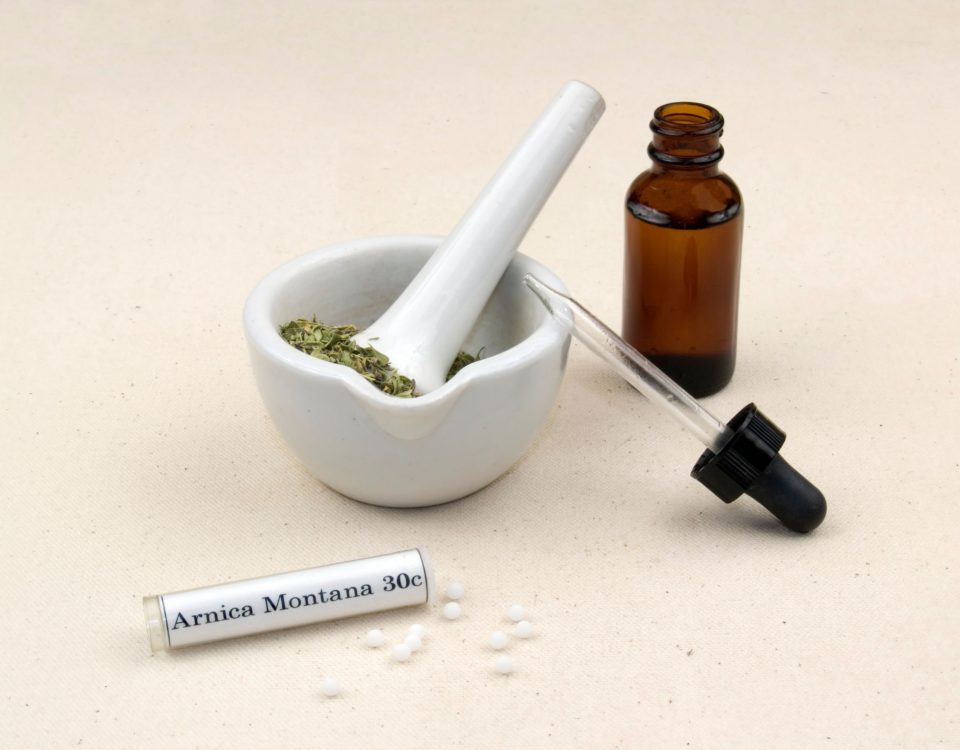
Exploring Natural Medicine and Natural Health in Australia: A Land of Holistic Wellness
March 10, 2024
Men’s Hair Loss: Understanding Your Options and Taking Control
March 11, 2024Basal cell carcinoma (BCC) is the most prevalent form of skin cancer, affecting millions of people globally. While rarely fatal, BCC can cause significant damage if left untreated. The good news is that BCC is highly treatable, especially when detected early. This article explores BCC, its signs and symptoms, and the importance of early detection for successful management.
Understanding Basal Cell Carcinoma
BCC originates in the basal cells, the deepest layer of the epidermis (your skin’s outermost layer). These slow-growing cancers typically appear on sun-exposed areas like the face, neck, chest, and arms.
Signs and Symptoms to Watch For:
- Pearly or Waxy Bump: This is the most common sign of BCC. The bump may appear translucent with pink or brown veins running through it.
- Flat, Scaly Patch: BCC can also present as a red, scaly patch that may develop a crust or bleed occasionally.
- Open Sore That Won’t Heal: A persistent, non-healing ulcer on your skin could be a sign of BCC.
Early Detection is Crucial
Early detection is paramount for successful BCC treatment. If you notice any suspicious changes on your skin, schedule a consultation with a dermatologist immediately. Here’s why early detection matters:
- Increased Treatment Options: Early BCC can often be removed with minimally invasive procedures.
- Faster Healing Times: Early intervention leads to quicker healing and improved cosmetic outcomes.
- Reduced Risk of Complications: Early detection minimises the risk of the cancer growing or spreading.
Treatment Options for BCC
Several treatment options are available for BCC, depending on the size, location, and severity of the cancer. Here are some common treatments:
- Surgical Excision: This is the most common treatment for BCC, where the cancerous tissue is removed with a scalpel.
- Mohs Surgery: This specialised technique removes the cancerous tissue layer by layer, ensuring complete removal with minimal healthy tissue loss.
- Cryotherapy: Freezing the cancerous cells with liquid nitrogen is an option for some BCC cases.
- Electrocautery: This treatment uses an electric current to destroy the cancer cells.
- Curettage and Desiccation: Scraping the cancerous tissue followed by cauterisation is another treatment option for certain BCCs.
Protecting Yourself from BCC
Sun exposure is the primary risk factor for BCC. Here are some steps you can take to minimise your risk:
- Limit Sun Exposure: Avoid peak sun hours (typically 10 am to 4 pm) and seek shade whenever possible.
- Sun Protection Clothing: Wear protective clothing, including hats and long sleeves, when outdoors.
- Sunscreen: Apply broad-spectrum sunscreen with SPF 30 or higher daily, even on cloudy days. Reapply every two hours, or more often if sweating or swimming.
- Regular Skin Examinations: Regularly examine your skin for any suspicious changes. Perform self-checks monthly and consult a dermatologist for a professional evaluation annually.
Early detection and prompt treatment are key to successfully managing BCC. By understanding the signs and symptoms, taking preventive measures, and seeking professional help when necessary, you can safeguard your skin health and well-being.
#skincancer










